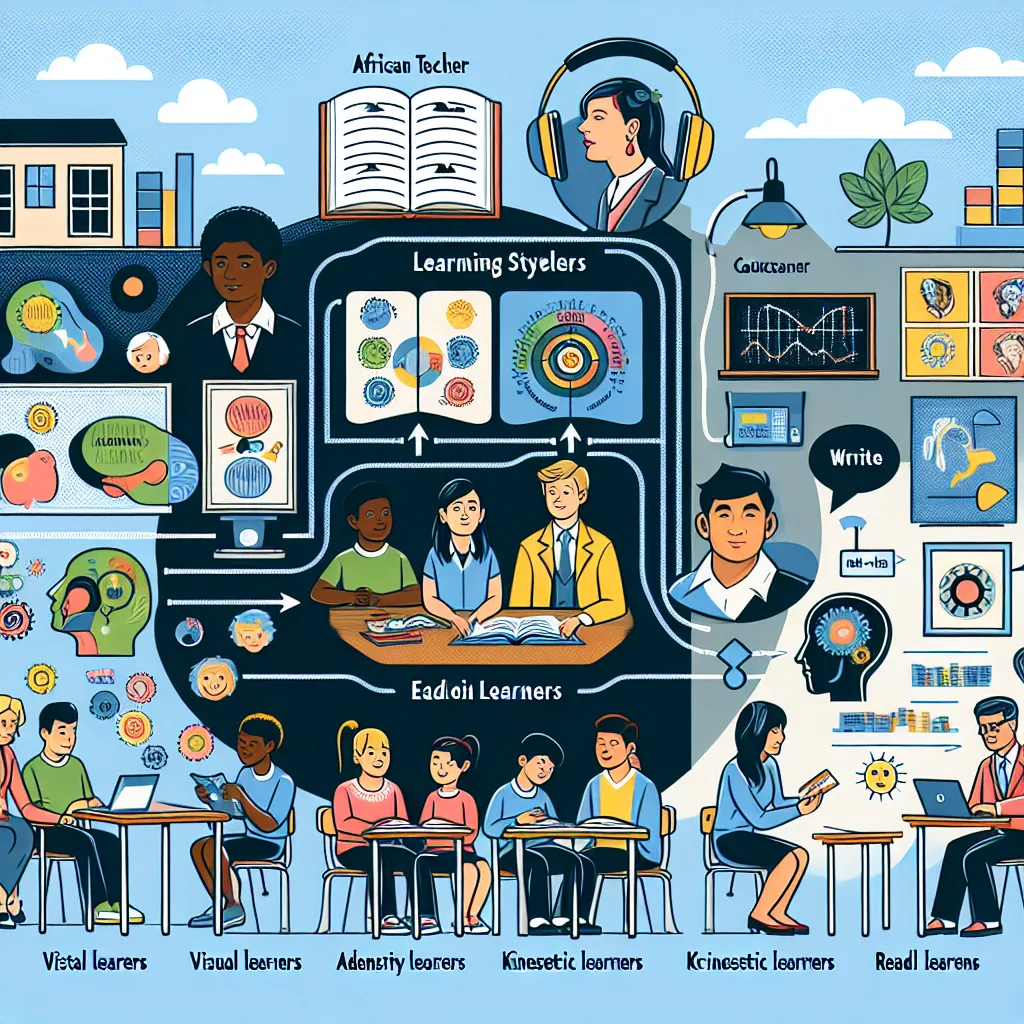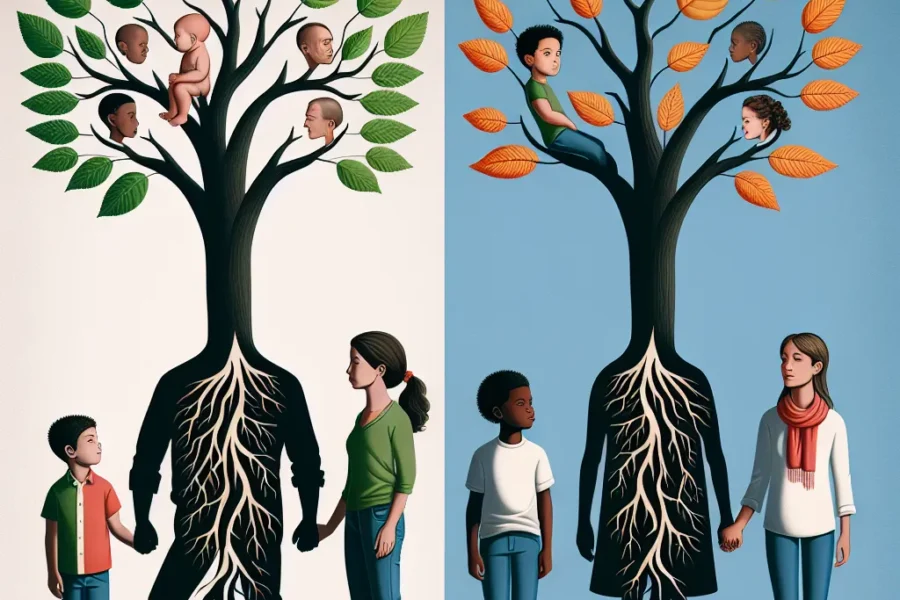Personality Types and Learning Styles: An Educational Perspective
Understanding the complexities of individual learning processes is essential in the realm of education. Personality types and learning styles are two critical factors that can significantly influence a person’s ability to learn and process information. By recognizing and addressing the diversity of students’ learning preferences and inherent personality traits, educators can craft more effective teaching strategies to foster a conducive learning environment for all.
Personality types, as defined by various psychological theories, can greatly affect a student’s behavior and attitude towards learning. Perhaps the most widely recognized among these theories are the Myers-Briggs Type Indicator (MBTI) and the Big Five personality traits. The MBTI classifies individuals into 16 distinct personality types based on four dichotomies: Extraversion vs. Introversion, Sensing vs. Intuition, Thinking vs. Feeling, and Judging vs. Perceiving. Each personality type has its unique way of perceiving the world and making decisions, which in turn influences their learning habits.
For instance, extraverted learners may prefer group discussions and collaborative projects since they are energized by social interactions. Introverted learners, on the other hand, may excel in solitary study sessions and introspective assignments that allow for deep concentration. Sensing types tend to focus on details and factual information, while intuitive types look at the bigger picture and are drawn to abstract concepts. Thinkers make decisions based on logical analysis and are likely to enjoy problem-solving tasks, whereas feelers prioritize empathy and value-based judgments and may prefer activities that involve personal or social relevance.
The Big Five personality traits include Openness, Conscientiousness, Extraversion, Agreeableness, and Neuroticism (OCEAN). A student high in Openness might exhibit creativity and a love for novel experiences, making them receptive to unconventional teaching methods. Those with high Conscientiousness may display dedication and organization, thriving in structured learning environments with clear expectations. Extraversion aligns with sociability, which can manifest in a preference for group learning. Agreeableness suggests a cooperative and trusting nature, which could facilitate peer learning opportunities. Lastly, a student with a high level of Neuroticism might experience anxiety in high-stakes testing situations, requiring a more supportive approach to assessment.
Learning styles, on the other hand, refer to the preferred ways individuals process information. Among the most influential models of learning styles is the VARK model, which identifies four primary modalities: Visual, Auditory, Reading/Writing, and Kinesthetic. Visual learners benefit from diagrams, charts, and visual aids. Auditory learners understand best through listening to lectures, discussions, and audio materials. Reading/Writing learners have a preference for interacting with text, taking notes, and reading extensively. Kinesthetic learners thrive in a hands-on learning environment where they can engage in physical activities and real-life simulations.
The success of educational strategies hinges on the ability of educators to accommodate various learning styles. For visual learners, teachers might incorporate multimedia presentations, infographics, and mind maps into their lessons. Auditory learners might be provided with podcasts, rhymes, or music related to the subject matter. Reading/Writing learners could be given opportunities to engage with extensive written materials and complete writing assignments. For kinesthetic learners, incorporating role-plays, experiments, field trips, and tactile activities can significantly enhance their learning experience.
Integrating knowledge of personality types and learning styles can lead to differentiated instruction—a teaching approach that tailors instruction to accommodate individual learners’ needs. By differentiating content, process, product, and learning environment, educators can create a more inclusive classroom. Content differentiation might involve providing materials at varying levels of difficulty or using different formats for the content. Process differentiation could mean allowing students to work at their own pace or in their preferred learning style. Product differentiation allows students to showcase their learning in various ways, while differentiation of the learning environment refers to altering the physical or social aspects of the classroom to support learning.
The role of technology in personalized learning cannot be overlooked. Educational software and online platforms offer a multitude of ways to customize learning experiences according to personality types and learning styles. Adaptive learning technologies can automatically adjust the difficulty level of tasks based on the learner’s performance. Social media and discussion forums can facilitate interaction for extraverted learners, while virtual simulations and games can provide kinesthetic learning experiences for those who need to engage physically to understand concepts.
Assessment practices should also reflect an understanding of personality types and learning styles. Traditional exams may favor certain personality types and learning preferences, such as conscientious or reading/writing learners. Alternative assessment methods, like portfolios, peer assessments, and self-reflections, can offer a broader perspective on a student’s abilities and cater to a variety of learners. Providing students with options for how they can demonstrate their mastery of the subject matter respects their individuality and can potentially lead to improved learning outcomes.
Moreover, educators can encourage metacognition—thinking about one’s own thinking process—by helping students understand their personality types and learning styles. Through self-awareness, students can adopt strategies that align with their strengths and address their weaknesses, leading to more effective self-directed learning. They can also learn to collaborate with peers who have different learning styles, fostering an environment of mutual respect and understanding.
Challenges in applying theories of personality types and learning styles may arise due to the dynamic nature of human behavior. It’s important to note that these frameworks are not meant to pigeonhole individuals into certain categories. Instead, they provide a useful starting point for recognizing and respecting the diversity of learning needs. Flexibility, ongoing assessment, and professional development are key for educators to ensure they are meeting the evolving needs of their students.
The educational perspective on personality types and learning styles emphasizes the importance of a holistic approach to teaching. When educators are equipped with an understanding of the intricate interplay between these aspects, they are better positioned to craft a learning experience that not only imparts knowledge but also nurtures the unique intellectual and emotional growth of each student. This approach ultimately contributes to more engaged learners, higher academic achievement, and a more inclusive educational atmosphere.
In conclusion, the integration of knowledge regarding personality types and learning styles can greatly enrich the educational process. By tailoring teaching methods and learning environments to suit the individual needs of students, educators can foster a more supportive, efficient, and ultimately successful educational experience for everyone. As our understanding of these factors continues to evolve, so will the strategies for applying them in educational settings, leading to continued innovation in teaching and learning for diverse student populations.



Leave a Comment